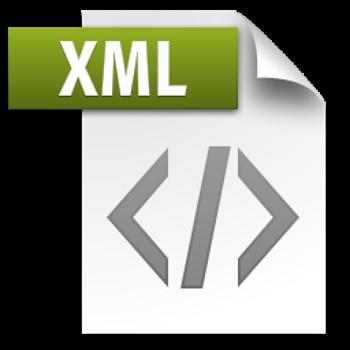How to Save Money on Translation Services
Are you faced with growing translation requirements but shrinking budgets? Content increasing but time and money decreasing seems to be the norm. Whether you are part of a technical writing team trying to get out the latest HELP content, or a digital marketing team fulfilling your requirements for social content, here are some tips you should keep in mind in order to maximize content translation and minimize costs.
Content Analysis

In order to save on translation costs, you need to start with a content analysis. Evaluate your content to make sure you are providing information that is really necessary for your customers.
If you don’t have them already, establish personas for the customers that consume your content. “Personas” according to William Lidwell, Kritina Holden and Jill Butler’s book, Universal Principles of Design are “fictional characters created to represent the different user types that might use a site, brand, or product in a similar way”. Look at the tasks that the personas do with your product or service and the form that the content should be in (mobile, website, hard copy, etc.). Is your existing content synching up with what your customers need and in the right format? If not, you should consider restructuring your content.
Applying best practices with “minimalist writing” such as:
- know your customer
- remove nonessential content
- focus on user goals, not product functions as you restructure your content
These best practices are sure to save words and money. Your goal is to write only what your customers need. Having personas and tasks will serve as a guideline and you can conduct usability testing to verify your assumptions. You may find that you have a lot of unnecessary content that you are then translating and paying for.
Consider the Format

While this may sound unusual from a professional working at a translation agency, (I am in production not sales), if you produce content in a form that requires a translation company to format it, known as Desktop Publishing or DTP, it can be costly.
DTP can be up to half the total cost for a translation project.
Consider switching your authoring system from a desktop publishing program to an XML-based solution. When you author in XML, you don’t have formatting work as you rely on a style sheet to automatically format the content. Therefore, you eliminate or certainly reduce DTP costs, and depending on how the translation company charges for projects, you could also reduce project management or other costs. If DTP charges are up to half the total cost, moving to XML can be a significant cost reduction.
In addition, if you implement a content reuse strategy in which you reuse content in more than one place, you pay for the translation one time but you use the content in multiple places. You will also benefit by increasing consistency throughout your assets. Additionally, you only send content to translation that has changed or is new, so you end up sending less content and your costs will be further reduced.
Establish Terminology
It is important to work with your translation company to establish terminology early on in a project as it helps you to reduce costs and improve the quality of your translations. You will need to go through the content to be translated and pick out words that are used frequently. The translation company should be able to create a terminology database based on your list of terms. The linguists will then translate these terms and ideally you will approve them.
Once the terminology is established, your translation costs should be reduced as these terms will change from “new” words to “repeatable” words which have a lower per-word rate. The quality and consistency of your content should also improve as the approved terms will be used each time they appear in future translations.
Translation Memory
A Translation Memory (TM) is a database that stores English content paired together with the equivalent translated content. The database searches for previously-translated content and replaces the existing translation.
The inserted content is seen as a “repeatable” word instead of a “new” word which has a lower cost. Each time you submit a translation project, the content will be added to the TM to build a library of content.
The more content you add, the more repeatable words you will have, which reduces the costs. Share any existing translations (assuming they are good quality) with your translation company so you can start building your own TM.
Turnaround Time
Many translation companies charge extra for quick turnaround projects. Make sure you understand the company’s pricing structure for these types of projects and avoid them whenever possible. The translation quality might suffer too. Good translations take time, so do your best to allow enough time for the work to be completed.
Conclusion
Evaluating your content and format is important to make sure you are providing the information that your customers truly need. As a result, you may have unnecessary content that you are sending to translation which is increasing the cost.
An XML-based authoring system can really help save on DTP costs.
Your translation vendor can help you establish terminology and build your Translation Memory, which reduces costs and improves quality.
Keep your deadlines with the standard turnaround time to avoid additional charges.
